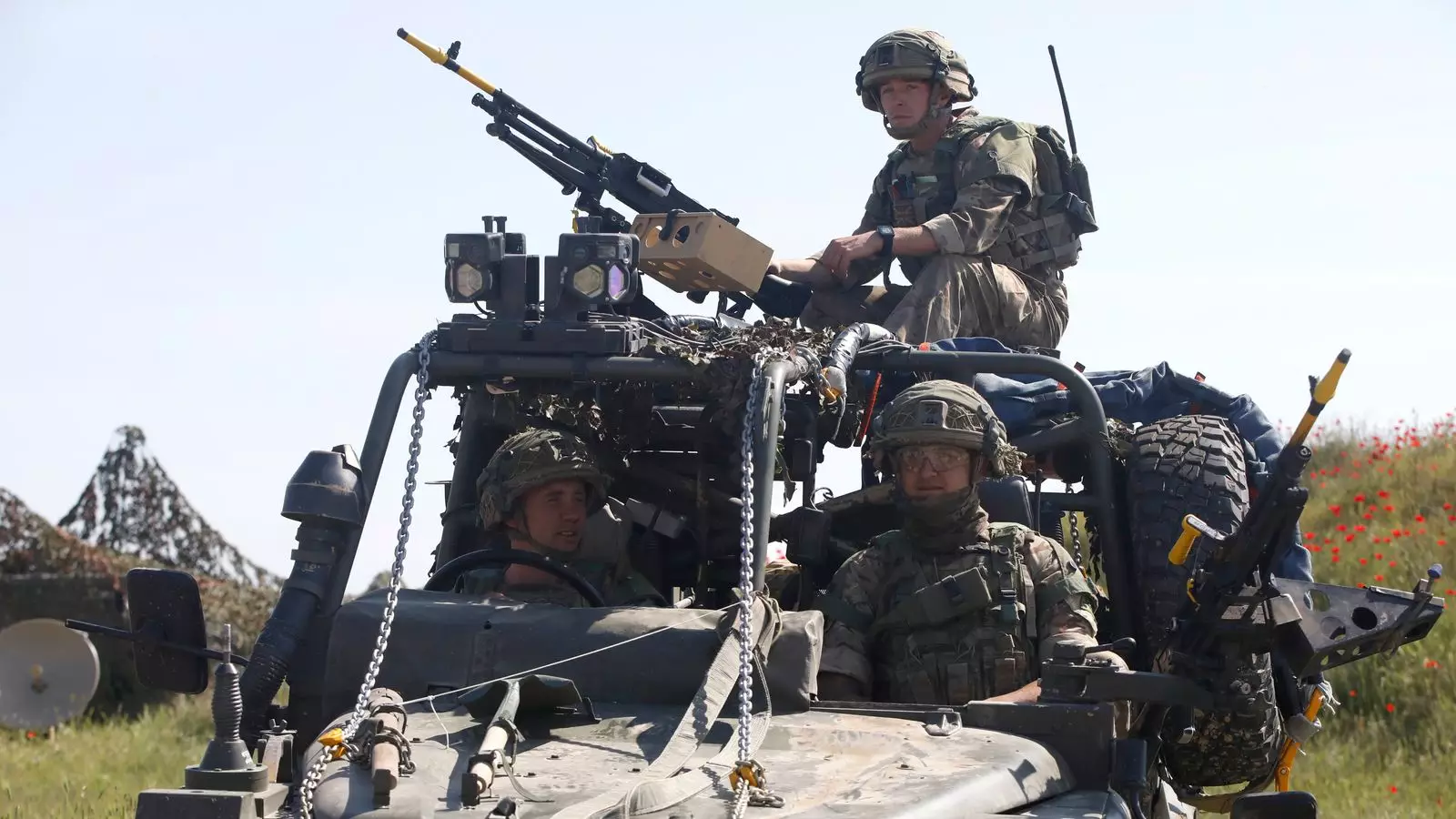The prospect of a substantial deployment of European forces in Ukraine following a ceasefire agreement with Russia has sparked significant discussion among Western officials. As the conflict continues to take its toll on the country, efforts to establish a framework for peace and security have become increasingly urgent. This article delves into the potential implications of such deployments, the international response, and the overarching need for stability in Ukraine.
The proposed military presence is intended to protect vital infrastructure, including Ukrainian cities, ports, and nuclear power stations. Western officials indicated that this force could comprise around 30,000 personnel, aimed more at reassurance than direct military engagement. This indicates a shift from offensive strategies to a focus on stability and support for the civilian population, especially as millions of Ukrainians have fled the violence. The troops are not expected to engage directly along frontline areas but rather serve to bolster public confidence and facilitate the return of displaced individuals.
The presence of international forces in critical locations could play a significant role in deterrent strategies against any resurgence of aggression from Russia. It makes clear the commitment of European nations to uphold Ukraine’s sovereignty and provide a buffer against potential threats. This would not only stabilize the situation on the ground but also signal to Ukrainian citizens and the international community that they are not alone in their fight for independence.
In light of the ongoing conflict, the necessity of securing Ukrainian airspace has emerged as a priority. Satellite technology, drones, and spy planes could form a crucial part of monitoring and defending the skies. European partners, particularly the UK and France, have explored the idea of adopting an air policing mission, similar to what NATO currently conducts in Eastern Europe. This would allow for the safe resumption of civilian air travel, a critical aspect of economic recovery and normalcy for Ukraine.
Furthermore, naval deployments in the Black Sea have been suggested, not only to ensure maritime security but also to facilitate demining efforts, thus supporting the safe passage of commercial shipping. The idea of involving the Royal Navy alongside other Nordic allies highlights the importance of maritime routes for Ukraine’s economic revival. Each of these components is designed to create a comprehensive security architecture that underscores the international commitment to Ukraine’s defense.
While European engagement is essential, the role of the United States remains a pivotal element in the security landscape of Ukraine. The notion of a ‘backstop’ provided by the U.S. suggests that American involvement is critical for the overall effectiveness of any reassurance effort. Sir Keir Starmer’s comments reflect concerns that any European-led initiative could falter without a strong U.S. deterrent presence.
Given the current geopolitical climate, with the US military’s strategic posture being under constant evaluation, the potential risks of a Russian counter-offensive loom large. Speculation suggests that American military aircraft could play a vital part in providing that necessary deterrent, although any announcement on U.S. troop deployment remains uncertain.
Despite these measures, the concept of international security force deployment faces hurdles. Russia has vehemently opposed the presence of NATO or European forces in Ukraine, labeling it unacceptable. Coupled with President Zelenskyy’s acknowledgment of the necessity for a security force of potentially 110,000 personnel, the discrepancy in numbers raises questions about feasibility and resource allocation.
Moreover, calls for security guarantees from NATO partners and the need for an advanced air defense system signal a growing urgency in Ukraine’s military ambitions. There’s a palpable tension between the aspiration for a robust international presence and the potential for escalation with Russia.
While the deployment of European forces in Ukraine offers a strategic avenue for peace and security, its success hinges on international cooperation and support, primarily from the United States. As the situation evolves, it remains critical to navigate the complexities of military participation and ensure that Ukraine receives the comprehensive aid it requires to emerge from the shadow of conflict.


Leave a Reply